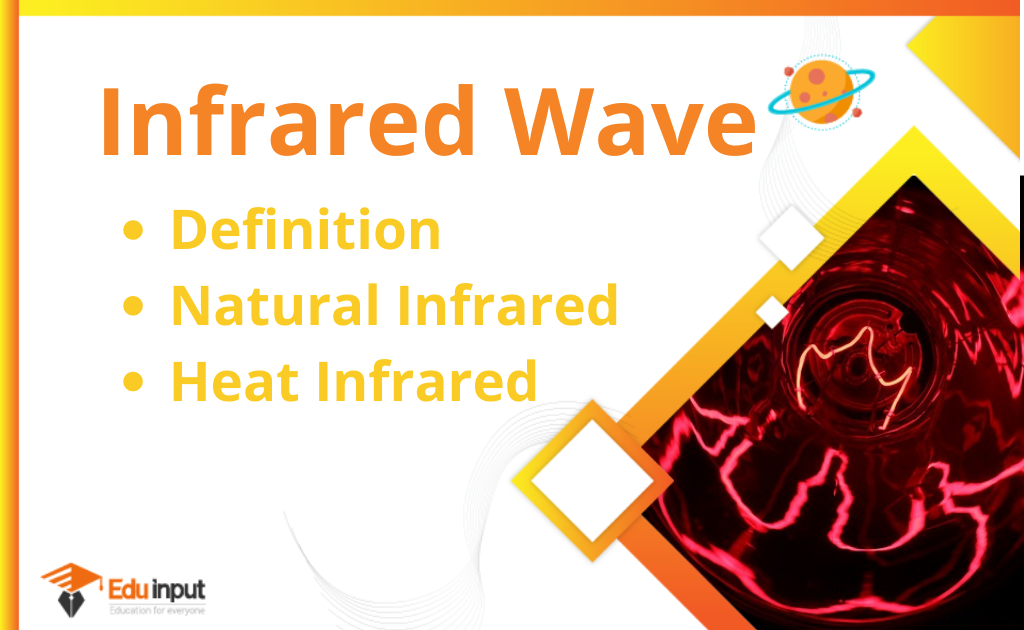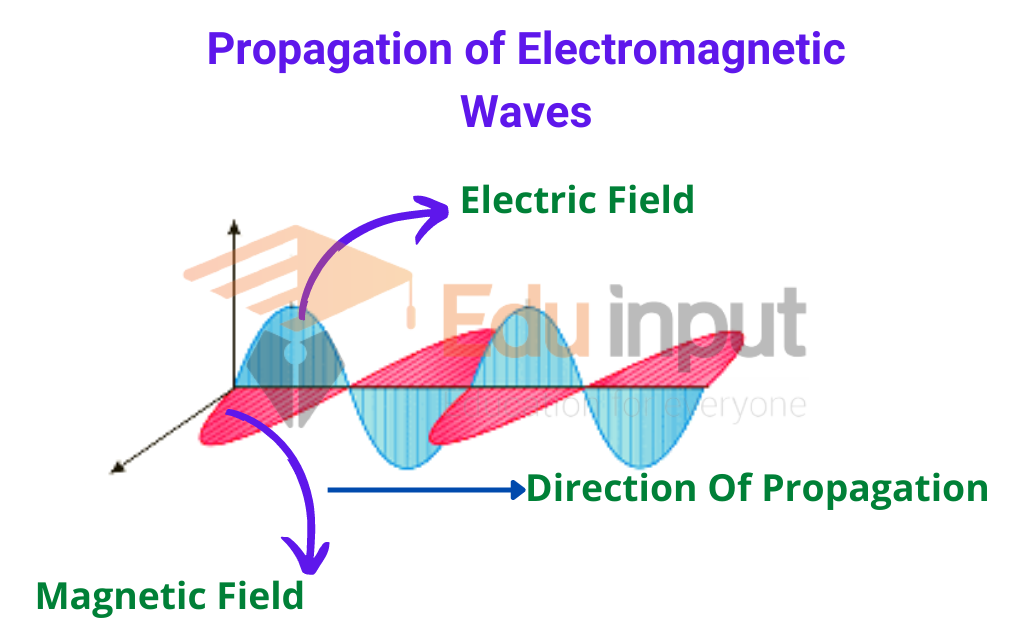Generation Of Electromagnetic Waves | Transmission, and Reception Of Electromagnetic Waves
The generation of electromagnetic waves is a process in which changing flux generates the electromagnetic waves. Electromagnetic waves are the type of waves that do not require any medium to propagate.
Generation of Electromagnetic Waves
When electric flux or magnetic flux is changing through a certain region of space, electromagnetic waves are generated.
An electric charge at rest has an electric field, No change of flux takes place so cannot generate a magnetic field. Thus a charge at rest does not generate electromagnetic waves.
Similarly, a charge moving with constant velocity is equivalent to a steady electric current. This generates a constant magnetic field. There is no change of magnetic flux in the surrounding region and no electromagnetic waves are generated by such a field.
Thus electromagnetic waves are only generated when electrical charges are accelerated.
Transmission of Electromagnetic Waves
A radio transmitting antenna is a good example of the generation of electromagnetic waves by the acceleration of charges.
The piece of wire along which charges are made to accelerate is known as Transmitting Antenna. The wire is charged by an alternating source of the electric potential of frequency f and time period T.

As the charging potential alternates the charge on the antenna also constantly reverses. If the top has charge +q at any instant, then after time T/2, the top has charge –q. The reversal of charges on the antenna gives rise to an electric flux that constantly changes with frequency f.
This changing electric flux generates an electromagnetic wave that propagates out in space away from the antenna.
The frequency of alternating fields is always equal to the frequency of the source generating them. The electromagnetic waves which are propagated out in space from the antenna of a transmitter are known as radio waves.
The waves travel with the speed of light in free space.
Reception of Electromagnetic Waves
The wire receiving the wave is known as Receiving Antenna. When radio waves fall on the piece of wire, the electrons in the wire move under the action of the oscillating electric field, this gives rise to an alternating voltage across the wire.

The frequency of this voltage is the same as that of the wave intercepting the wire. This alternating voltage is of very small value because the radio waves coming from a distant transmitter has a very small and weak electric field.
Since at the same time number of transmitting stations is in operation, so they transmit radio waves of different frequencies in space. Thus the voltage that appears across the receiving antenna is the alternating voltage of different frequencies.
The voltage of one particular frequency can be picked up by connecting an inductance L and a variable capacitor C in parallel with one end of the receiving antenna.
We adjust the value of the capacitor so that the natural frequency of the L-C circuit is matched with the transmitting station that produces a resonance.
Thus L-C circuit will give a large response to that radio wave. When we change the station on our radio receiver set we actually adjust the value C.







Leave a Reply